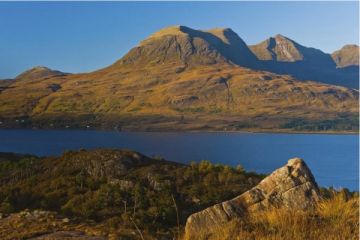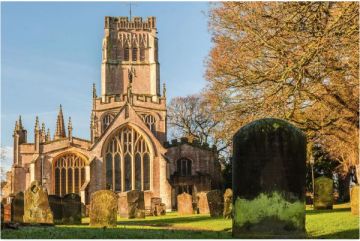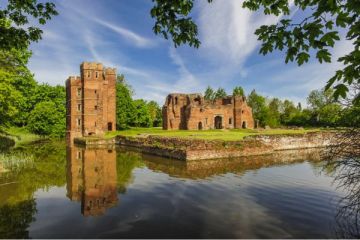When the Romans invaded Britain in 43 AD they concentrated their efforts in the south, in what is now England. But as the south gradually came under Roman sway they turned their attention northwards into what is now Scotland. In 80 AD the Romans marched north into the Clyde and Forth valleys.
They created harbour settlements at Inveresk and Irvine so that they could keep their troops supplied by sea. Then in 83 AD, they marched north into the Highlands, led by Agricola. The Romans called the people they intended to conquer Caledonians, though the people themselves had no such term for themselves.
Mons Graupius
Resistance to the Roman advance came in the form of quick raids, what we today would call guerilla warfare. This style of warfare did not suit the Romans; they wanted an all-out pitched battle. And the got it, in 84 AD at a site near Elgin, they met a consolidated force of Scot tribes at a place known to later historians as Mons Graupius.
The confederation of Celtic tribes was led by a warrior named Calgacus. The Roman account of the battle suggests an overwhelming victory; they record 10,000 Celtic losses at the cost of 300 Roman legionaries. Yet the north remained free of Roman control. Why? For the answer, you have only to look at the geography of the countryside. The high glens and mountains were simply too difficult for the Romans to control without a huge presence of troops. The Romans pulled back and eventually built Hadrian's Wall to keep the wild northern Celts out of the settled south.
About 20 years after Hadrian's Wall was complete the Romans built a second wall, further north, between the Firths of Clyde and Forth. The Antonine Wall was nothing like so elaborate as Hadrian's Wall. Where the earlier wall was made of stone, with stone forts and watchtowers, the Antonine Wall was of turf, with timber forts and towers. The Picts continually attacked the wall, and after only 20 years the Romans gave up and retreated to the more substantial defence of Hadrian's Wall.
The Romans made one last abortive attempt to take the north of Britain in 209 AD, but this came to nothing and they pulled back once more, never to return.


